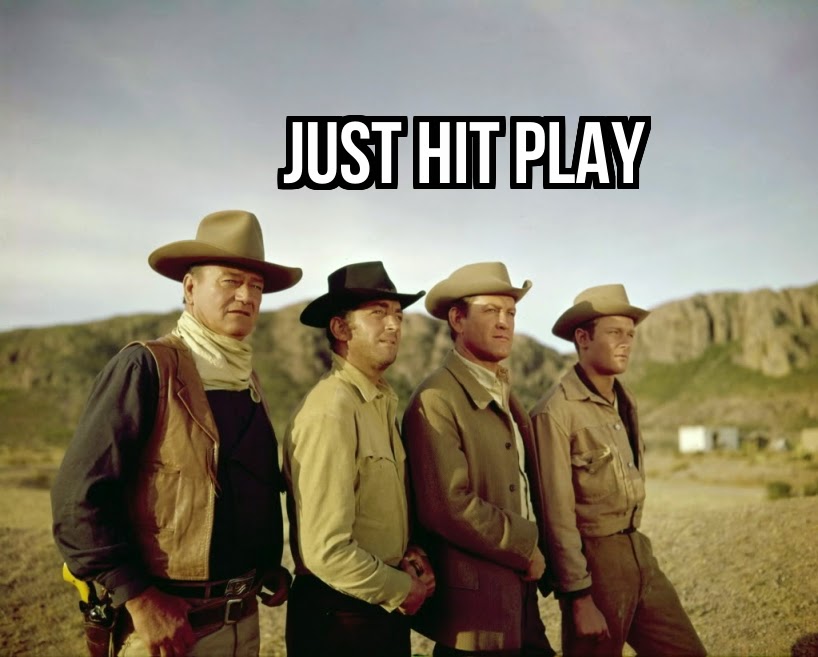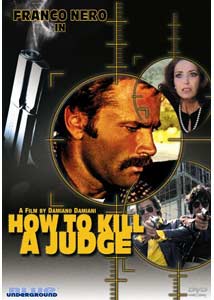 I tend to avoid horror or slasher movies whenever I can. Seeing people's heads get lopped off or the torture porn in the Saw and Hostel movies just doesn't do it for me. It doesn't take much to make a movie a scary or frightening one, especially for me. You don't need mass murderers wielding chainsaws and machetes to bring out fear. Sometimes all it takes is the unknown, a stranger messing with your life like in 1962's Experiment in Terror.
I tend to avoid horror or slasher movies whenever I can. Seeing people's heads get lopped off or the torture porn in the Saw and Hostel movies just doesn't do it for me. It doesn't take much to make a movie a scary or frightening one, especially for me. You don't need mass murderers wielding chainsaws and machetes to bring out fear. Sometimes all it takes is the unknown, a stranger messing with your life like in 1962's Experiment in Terror.Probably more well known for the Pink Panther movies, director Blake Edwards bases the story on a frightening premise; someone is always watching you, in this case an individual who knows almost everything about you and is holding it over your head. All it takes sometimes to get someone to do something, often against their will, is to threaten loved ones. That's the basic premise of 'Experiment' and even at over 2 hours it's always interesting with a back and forth cat and mouse game.
Coming home from a late-night party, Kelly Sherwood (Lee Remick) pulls into her garage and is heading to bed when a man grabs her from behind. Calmly and cooly with his arm around her throat, the stranger whispers to Kelly what he wants from her. One day soon, Kelly, a bank teller, will take $100,000 from her drawer and bring it to him. If she doesn't cooperate or goes to the authorities, he'll kill her 16-year old sister, Toby (Stefanie Powers) and then come after her. He leaves with an ominous final threat, someone will always be watching you so don't try any funny business.
Secretly calling the FBI, Kelly talks to Agent John Ripley (Glenn Ford) and enlists his help in finding the mysterious man blackmailing her into robbing her own bank. With Kelly unable to give a physical description of her attacker, all they have is one clue to go on; he's asthmatic and talks in a slow, halting pattern. Can they catch him with so little information before both Kelly and Toby come under the gun?
This is a thriller that is at it's best when it's dealing with the villain, played perfectly by Ross Martin. I won't go into his background or motivations because that would ruin some of the mystery. Known mostly for his work as Artemus Gordon, James West's partner in The Wild, Wild West, Martin is downright terrifying as the bad guy. Edwards always shoots him in dark, shadowy situations in close-ups that rarely give a clear shot of his face. If you've seen him in other shows, you'll recognize the distinctive voice right away. It's quite a departure for Martin who as Gordon was the amiable master of disguise always appearing at the perfect time to save the day. He was nominated for his part for a Golden Globe, but unfortunately was snubbed by the Academy Awards.
As the possible victim, Remick is an ideal damsel in distress. The 27-year old actress is rail-thin here and looks like a good wind would knock her over. At first, she's not quite sure how serious her attacker is in his threats so at times she's terrified of what he'll do and then other times eerily calm in her dealings with Ripley and the FBI. I like Glenn Ford more and more with each movie I see of his. He wasn't in a ton of classics and was almost a poor man's John Wayne, but Ford was always likable/believable as the tough leading man trying to save the day. A young Stefanie Powers, as cute as she ever was, is also good as Kelly's younger sister, a thankless role because she's not given much to do.
The story moves along as the FBI tries to secretly help Kelly and Toby, all the while trying to find the mysterious man threatening them. Martin coasts in and out of the story, making one ominous appearance after another until he finally puts his plan into play. The finale is a good one, filmed at a L.A. Dodgers vs. the San Francisco Giants game at Candlestick Park. With thousands of extras all around, it's a great setting as the FBI attempts to close in on their man, all the while trying to protect Kelly who's out in the open with little protection.
The DVD has been discontinued and can be hard to find, I caught it on TCM recently, but the print I saw was a good one, really taking advantage of the black and white filming. The movie's got a good score from Henry Mancini, here's a sample. Of course, I can't find any trailers, but TCM does have a handful of scenes you can watch through their website. It's a good thriller with a movie-stealing performance from a villainous Ross Martin and good parts from Ford, Remick and Powers.











